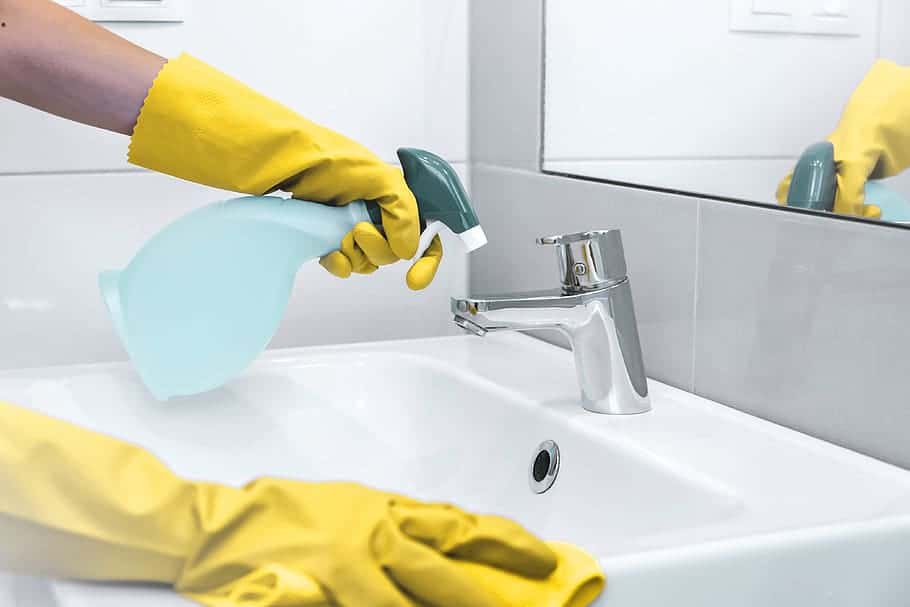With the advent of COVID-19, it seems like the entire world has become focused on infection prevention. As a company that specializes in cleanup of biohazards (including infectious organisms), this isn’t new to us; it’s how we’ve been operating for a long time. Whenever we tackle a biohazard remediation project, we use all three of these methods to remove the biohazards and restore the property to a safe, clean state. There may be other things involved, such as physical repairs and restoration, but our priority is first to eliminate the health threat that infectious organisms such as bacteria, viruses, and other microorganisms present.

Cleaning: Before any area can be disinfected or sanitized, it first has to be cleaned. Removal of dirt, grime, and debris is our first step. This is an important one, because germs may be hiding underneath. Removing anything on the surface may be done through scrubbing, washing, and rinsing. Of course, we may also do things such as trash removal, sweeping up dust, etc. But the priority is to get to a clean surface. However, “CLEAN” doesn’t mean it’s free of biohazards. Germs are invisible, and dirt-free doesn’t mean it’s sanitized or disinfected.
Sanitizing: Sanitizing should not be confused with disinfecting, and it’s used mostly for porous surfaces such as fabric. Using a sanitizing agent is useful when doing laundry. Read the label on the product you are using as a sanitizing agent, because it should list specific organisms it is effective at reducing. Note that chlorine bleach is both a disinfectant and sanitizer when used according to label directions.
Disinfecting: Disinfecting is a process used to eliminate infectious organisms on hard, non-porous surfaces such as glass, countertops, stainless steel, tile, porcelain, etc. Disinfectants are designed to either eliminate or inactivate germs, viruses, bacteria, funguses, and other biohazards. But again, read the label for the specifics of what organisms the disinfectant will work against.
If your concern is addressing the COVID-19 virus, disinfectants and not sanitizers should be used on hard surfaces. Why? Because of the main difference between sanitizers and disinfectants. Sanitizers that are approved by the EPA will kill only bacteria; EPA-approved disinfectants claim effectiveness against both bacteria and viruses.
Is your disinfectant approved for use against COVID-19? Look for an EPA registration number on the back label. You can also visit the EPA website for a list of approved products.
If your concern is addressing the COVID-19 virus, disinfectants and not sanitizers should be used on hard surfaces. Why? Because of the main difference between sanitizers and disinfectants. Sanitizers that are approved by the EPA will kill only bacteria; EPA-approved disinfectants claim effectiveness against both bacteria and viruses.
The most important thing you should know is that these three methods are NOT the same, and there are different substances and methods needed to accomplish each.




